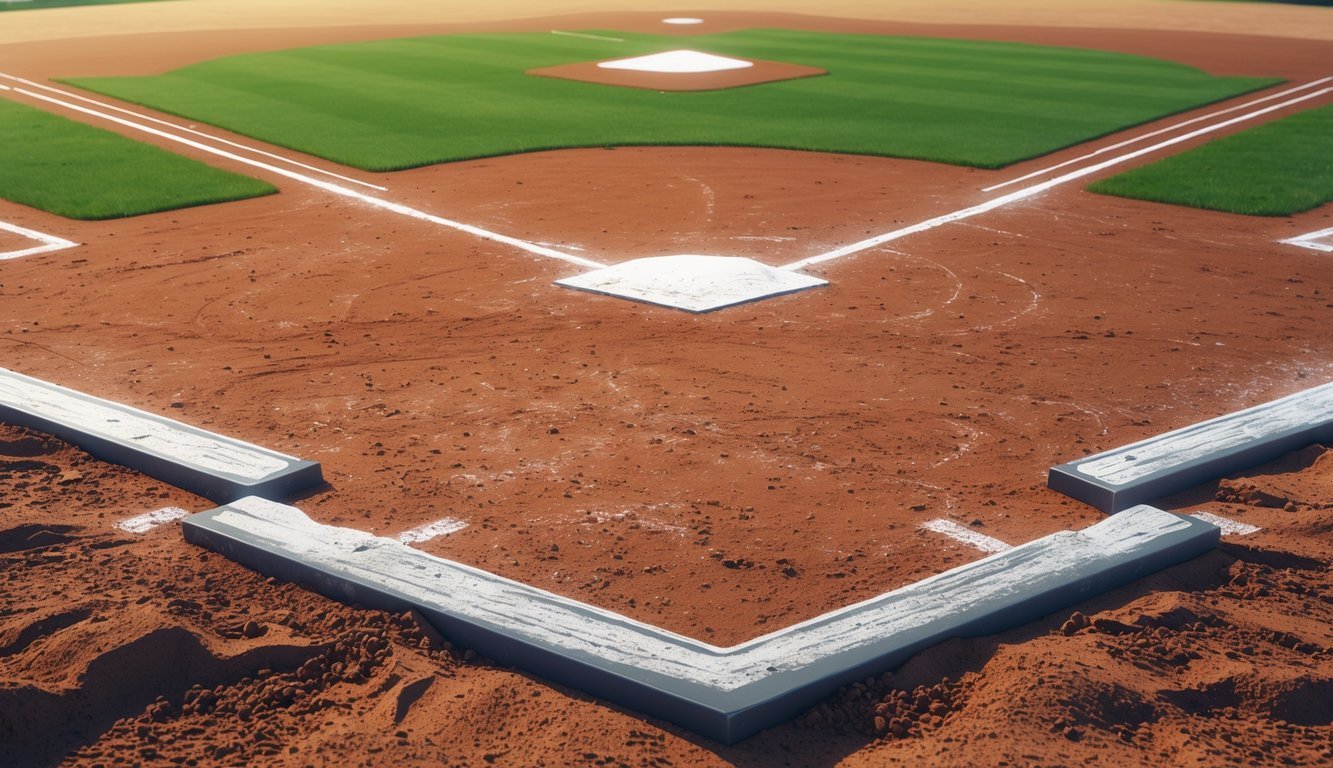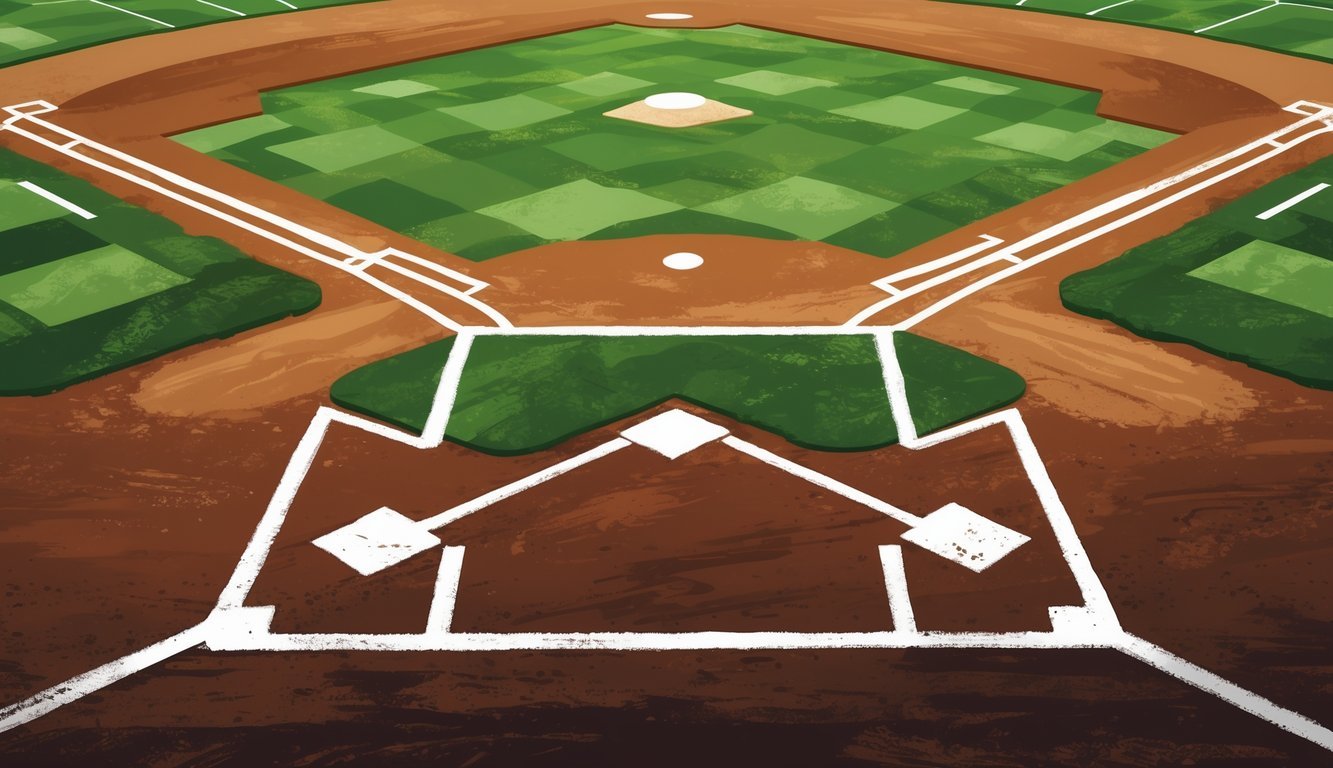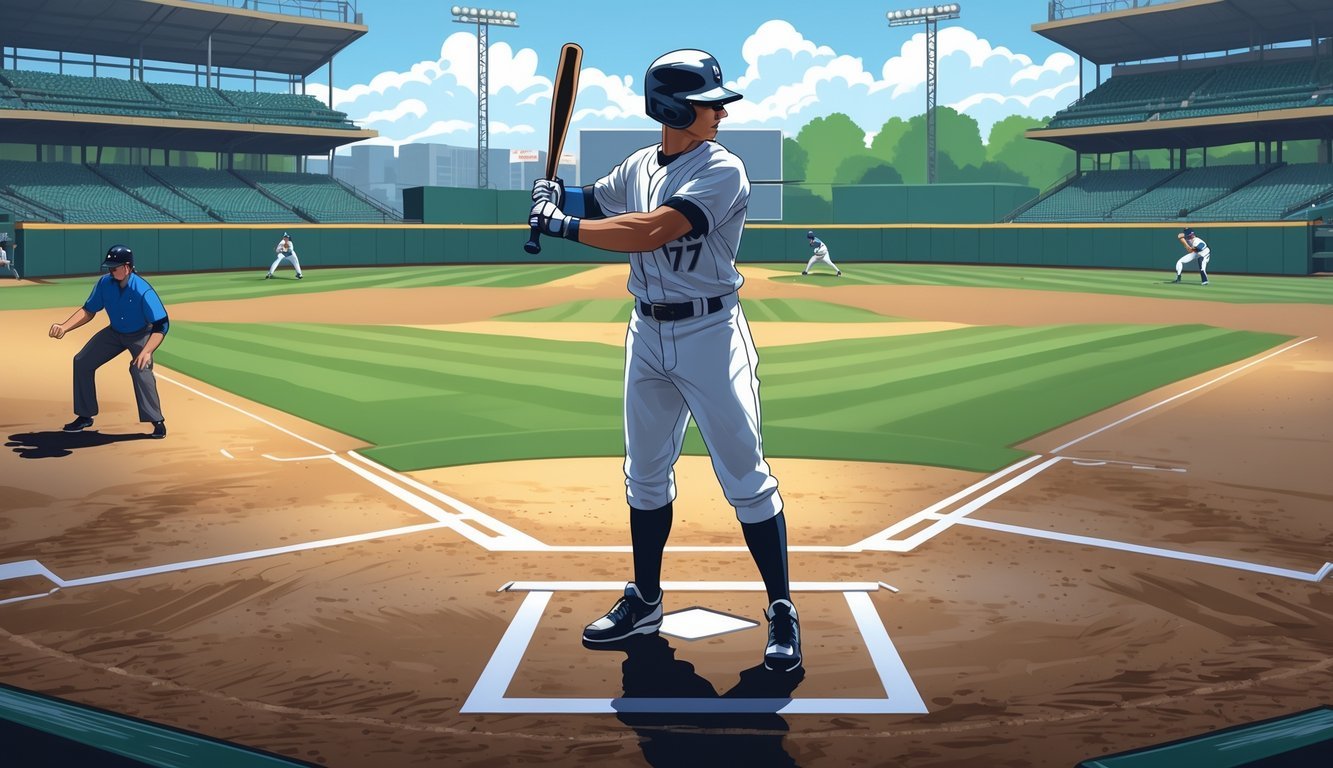PsychNewsDaily Publishers
100 Summit Drive
Burlington, MA, 01803
Telephone: (320) 349-2484
PsychNewsDaily Publishers
100 Summit Drive
Burlington, MA, 01803
Telephone: (320) 349-2484
The batter's box is a designated area in baseball where hitters must stand to ensure fair play, with strict rules governing positioning and movement during at-bats.

When you watch a baseball game, the batter’s box might just look like a simple chalk outline. But it actually plays a huge role in the game by marking exactly where the batter has to stand to hit the ball properly and fairly.
There are two boxes—one for right-handed hitters and one for left-handed hitters, each on opposite sides of home plate.
The batter’s box sets clear rules about where you can stand when you’re up to bat. You need to be inside the box before you swing, or else the umpire might call a penalty.
These boxes make sure every batter gets the same shot and help keep things fair and safe.
If you understand how the batter’s box works, you’ll see why positioning matters so much in baseball. It shapes how players swing, their balance, and even how they react to the pitcher’s moves.

Every time you bat, you stand in a small, marked area next to home plate called the batter’s box. Grounds crews measure and mark this space so you can safely take your turn while following official baseball rules.
The batter’s box is a designated area where you have to stand while batting. It sits on either side of home plate—left side for right-handed hitters, right side for left-handed hitters.
Its main job is to keep you in a fair and consistent spot when you’re facing pitches. Umpires can judge pitches more easily when everyone bats from the same place.
You must keep at least one foot in the batter’s box when the pitcher throws. If you don’t, it could mess up the play or even cost you a strike.
The batter’s box is a rectangle drawn on the dirt right next to home plate. According to MLB rules, the box measures 4 feet wide and 6 feet long.
It stretches outward from home plate toward the pitcher and the catcher.
People usually make the lines with chalk or something similar so you can see the boundaries. The edges run parallel to the sides of home plate, lining up perfectly with the rest of the field.
You’ll find the batter’s box marked on the dirt, not on grass or turf. Dirt lets crews draw clear chalk lines and fix them up easily.
They use chalk or paint that stands out but can be refreshed fast. Sometimes, you’ll see rubber or non-slip mats near home plate, but the actual batter’s box lines always go on the dirt.
That way, you always know where to stand for every at-bat.

You stand in the batter’s box to face each pitch. How you use that space can change your comfort, balance, and reaction time.
The rules tell you where and when you have to be in the box. Your stance inside it helps you hit better.
You can even use different strategies in the box to gain an edge. But if you make mistakes or take too long, you might get penalized.
You have to be inside the batter’s box when the pitcher starts their motion. If you leave early or step out too soon, you can delay the game.
If you don’t get in the box quickly when it’s your turn, the umpire might warn you.
You need to keep at least one foot touching the box during your swing. If you step all the way out, you might get called for a strike or even an out if you interfere.
The box sits on both sides of home plate. Right-handed hitters use the left box, and left-handed hitters use the right box.
If you move in the box before your turn or before the pitch, the umpire can call “strike” for delaying or trying to gain an unfair advantage.
Where you stand in the batter’s box changes your balance and timing. If you stand closer to the plate, you can reach inside pitches better.
Standing farther back helps you handle fastballs more easily.
Your stance needs to feel comfortable but also ready to move. Even small changes in your feet or how you square up can make a difference.
A lot of hitters practice their stance to find the best spot for their swing—whether it’s a full swing, a bunt, or a check swing.
Some like a wide stance for stability. Others keep their feet closer for quicker movement.
The right position helps you cover the strike zone and hit different types of pitches.
Hitters use the batter’s box to get an edge against pitchers. If you stand deeper, you might see and time a fastball better.
Your spot in the box can help you handle inside pitches, especially if you crowd the plate.
Switching up your position between pitches can throw off the pitcher and help you reach different pitch types.
If you’re bunting, you’ll want to stand closer to the plate and square up so you can meet the ball quickly.
Many hitters have routines in the box—like practice swings or adjusting their grip—to stay focused.
Your strategy can also help you protect yourself from passed balls or wild pitches by being ready to move.
You need to stay out of the way if there’s a throw to home plate. If you don’t move and you could have, the umpire can call you out for interference.
Leaving the box during a pitch without permission can lead to a strike or a timeout from the umpire.
Umpires sometimes make exceptions if you step out because you’re hurt or if they grant a timeout.
You can get a warning or penalty if you delay the game or try to confuse the other team on purpose.
If you move early or step out during a check swing, the umpire can call a strike.
It’s smart to pay attention to the umpire’s calls and know where you’re standing to avoid hurting your team.

You might wonder about the size and layout of the batter’s box or the rules about standing in it. There are also differences between softball and baseball boxes.
And hey, maybe you’re curious about batter’s subscription boxes or even meal deals named after the batter’s box.
The batter’s box is a rectangle. It’s 4 feet long and 6 feet wide.
The lines have to be clearly marked on both sides of home plate.
You need both feet inside the lines when you’re facing the pitcher. If a batted ball hits you while both feet are still inside, the ball is foul.
These boxes usually come with batting gloves, grips, training aids, and sometimes extras like helmet stickers or wristbands.
They help you practice and get better at hitting.
Softball boxes are smaller. They’re about 3 feet wide and 7 feet long.
Baseball boxes are wider so you can move more.
The Mary Browns Batter Box meal comes with fried chicken, fries, a drink, and a side.
It’s a popular combo at Mary Browns restaurants.
Grab some chalk or paint and mark the lines so they’re easy to see. Make sure you measure everything so the box stays the right size.
Try to keep the area clean. Smooth out the dirt so players have solid footing.